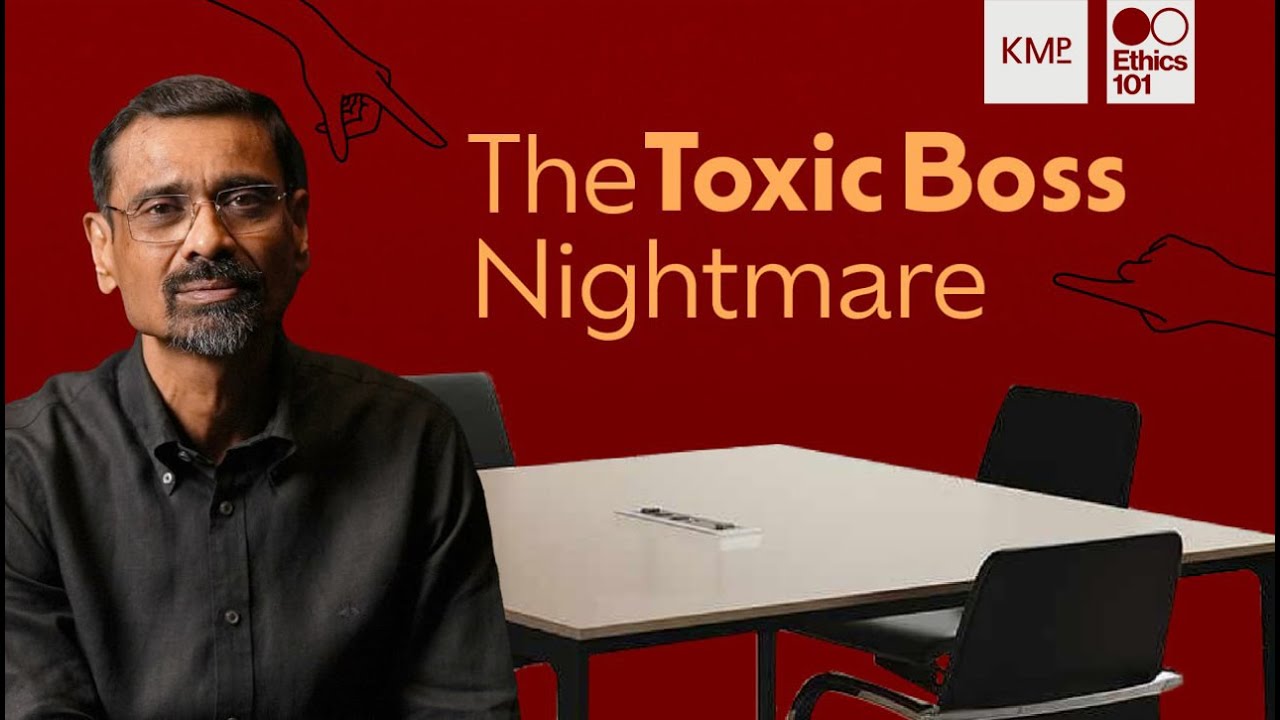Resolving Team Conflict: A Real-Life Case Study | Soft Skills
Summary
TLDRThis video explores a real-life case study of conflict resolution at Tech Solutions Inc., where two talented software engineers, Sachin and Karishma, clashed over technical approaches, affecting team performance. Their project manager, Priya, intervened with a structured conflict management strategy, holding private meetings and facilitating a mediated discussion. Through active listening and compromise, the conflict was resolved, leading to improved collaboration and team morale. The case demonstrates how timely and effective conflict management fosters a healthier work environment, enhancing productivity and creativity in the workplace.
Takeaways
- 💼 Effective conflict management is crucial in maintaining team productivity and harmony.
- 💡 Tech Solutions Inc. faced a conflict between two team members, Sachin and Karishma, during a critical project phase.
- ⚡ The conflict arose due to differing opinions on the best approach to implement a complex feature.
- 🎯 Sachin focused on efficiency while Karishma prioritized user-friendliness, causing tension.
- 👂 Priya, the project manager, intervened by holding private meetings to understand their perspectives and concerns.
- 💬 Through active listening, Priya discovered the conflict was not only technical but also rooted in personality differences.
- 🤝 Priya facilitated a discussion where Sachin and Karishma reached a compromise, blending their ideas for an innovative solution.
- 🎉 Team-building activities and open communication helped restore trust and alleviate tensions within the team.
- 🚀 After resolving the conflict, Sachin and Karishma began working collaboratively, improving team dynamics and project progress.
- 🌟 The case highlights how structured conflict resolution promotes better understanding, creativity, and a positive work culture.
Q & A
What was the main cause of the conflict between Sachin and Karishma at Tech Solutions Inc.?
-The conflict arose due to a disagreement about the best approach to implement a complex feature in a mobile application. Sachin preferred a more efficient framework, while Karishma advocated for a user-friendly approach.
How did Priya, the project manager, address the conflict between Sachin and Karishma?
-Priya used a structured conflict management approach by first meeting with Sachin and Karishma separately to understand their perspectives. She then facilitated a discussion between them, encouraging them to find common ground and compromise.
What underlying issues did Priya discover during her meetings with Sachin and Karishma?
-Priya discovered that the conflict was not only about technical differences but also stemmed from personality clashes. Sachin was more results-oriented, while Karishma valued collaboration and user experience.
What was the outcome of the facilitated discussion between Sachin and Karishma?
-The discussion led to a compromise that incorporated elements of both their approaches, resulting in a more innovative solution. This helped them work collaboratively moving forward.
What steps did Priya take to improve team dynamics after the conflict was resolved?
-Priya organized team-building activities and encouraged open communication and mutual respect among all team members to alleviate lingering tensions and rebuild trust.
How did resolving the conflict affect the overall team morale and project progress?
-The resolution improved team morale, fostered better collaboration between Sachin and Karishma, and helped the project regain momentum. The team became more productive and creative.
What does this case study illustrate about the importance of conflict management in the workplace?
-The case study demonstrates that addressing conflicts promptly with a structured approach can resolve disputes and promote understanding, cooperation, and a healthier work environment, leading to project success.
Why was it important for Priya to actively listen to Sachin and Karishma during their private meetings?
-Active listening helped Priya empathize with their frustrations, understand their perspectives, and create a safe space for them to express their feelings, which was crucial in identifying the root causes of the conflict.
What role did compromise play in resolving the conflict between Sachin and Karishma?
-Compromise allowed both Sachin and Karishma to blend their ideas, leading to a solution that satisfied both of their concerns and contributed to a more innovative approach.
How can organizations benefit from adopting open communication and active listening in conflict resolution?
-Open communication and active listening help organizations resolve conflicts, foster collaboration, and build a positive and productive work culture, ultimately enhancing employee satisfaction and project success.
Outlines

This section is available to paid users only. Please upgrade to access this part.
Upgrade NowMindmap

This section is available to paid users only. Please upgrade to access this part.
Upgrade NowKeywords

This section is available to paid users only. Please upgrade to access this part.
Upgrade NowHighlights

This section is available to paid users only. Please upgrade to access this part.
Upgrade NowTranscripts

This section is available to paid users only. Please upgrade to access this part.
Upgrade NowBrowse More Related Video

Handling Harassment | Case Study | UPSC GS 4 | K M Pathi Ethics 101

PPKn "Praktek Kewarganegaraan 1 (Sengketa Pohon Pisang)"

Resolusi konflik Berbasis budaya Minangkabau

Apa Itu Penelitian Kualitatif ? Lihat Penjelasan Lengkapnya di Sini !

50/50 Partnerships: A Case Study Part 1 | Business Partnership Mastery Series

#06 | Qual o peso da oitiva dos menores interessados na solução dos conflitos de convivência?
5.0 / 5 (0 votes)